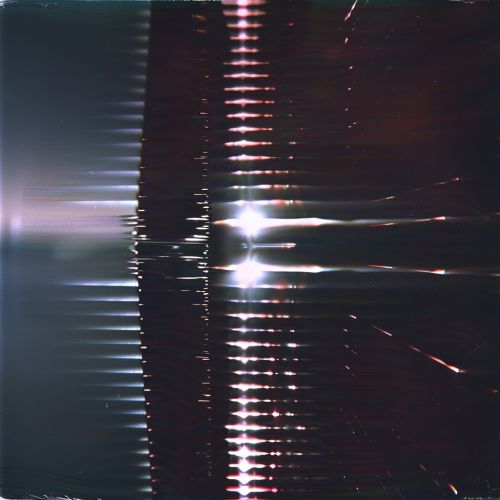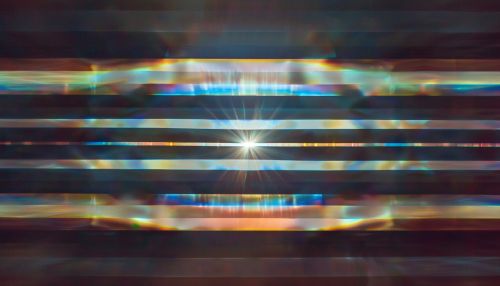Fraunhofer diffraction
Introduction
Fraunhofer diffraction, named after the German physicist Joseph von Fraunhofer, is a form of diffraction that occurs when a wavefront of light passes through an aperture or around an object, and the source of light is effectively at an infinite distance. This is in contrast to Fresnel diffraction, where the source and screen are at finite distances.
Theory
The theory of Fraunhofer diffraction is a special case of wave diffraction theory. It is based on the Huygens-Fresnel principle, which states that every point on a wavefront is a source of secondary wavelets. The amplitude of the wave at any subsequent point can be found by summing the contributions of the individual wavelets at that point.


In the case of Fraunhofer diffraction, the wavefront is considered to be planar, and the secondary wavelets are considered to be spherical. This simplifies the mathematics involved in the calculation of the diffraction pattern.
Mathematical Description
The mathematical description of Fraunhofer diffraction involves the use of the Fourier transform. The intensity of the diffraction pattern at a point on the screen is proportional to the square of the absolute value of the Fourier transform of the aperture function.
The aperture function describes the shape and size of the aperture. For a single slit of width 'a', the aperture function is a rectangular function of width 'a'. The Fourier transform of this function gives the diffraction pattern for a single slit.
Applications
Fraunhofer diffraction has many practical applications in various fields of science and technology. These include:
- Optical systems: The principles of Fraunhofer diffraction are used in the design of optical systems, such as telescopes and microscopes, to predict the image quality.
- Spectroscopic analysis: Fraunhofer diffraction is used in spectroscopic analysis to separate light into its constituent wavelengths.
- Astronomical observations: Fraunhofer diffraction is used in astronomical observations to study the properties of distant stars and galaxies.
- Material analysis: Fraunhofer diffraction is used in material analysis to study the structure and properties of materials.
